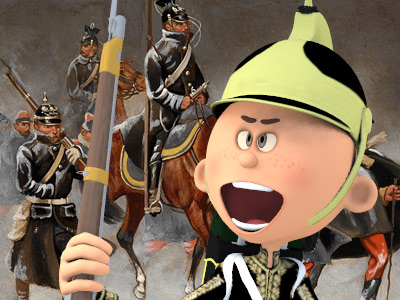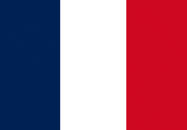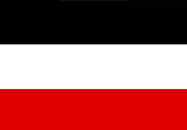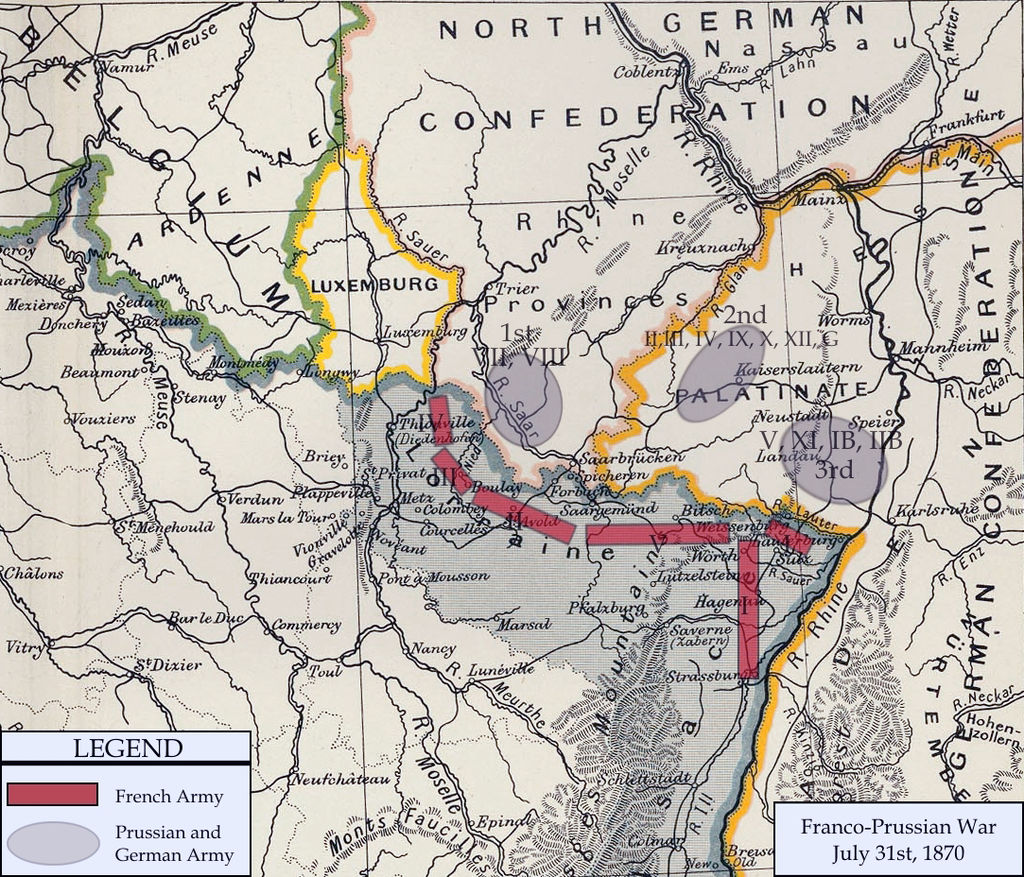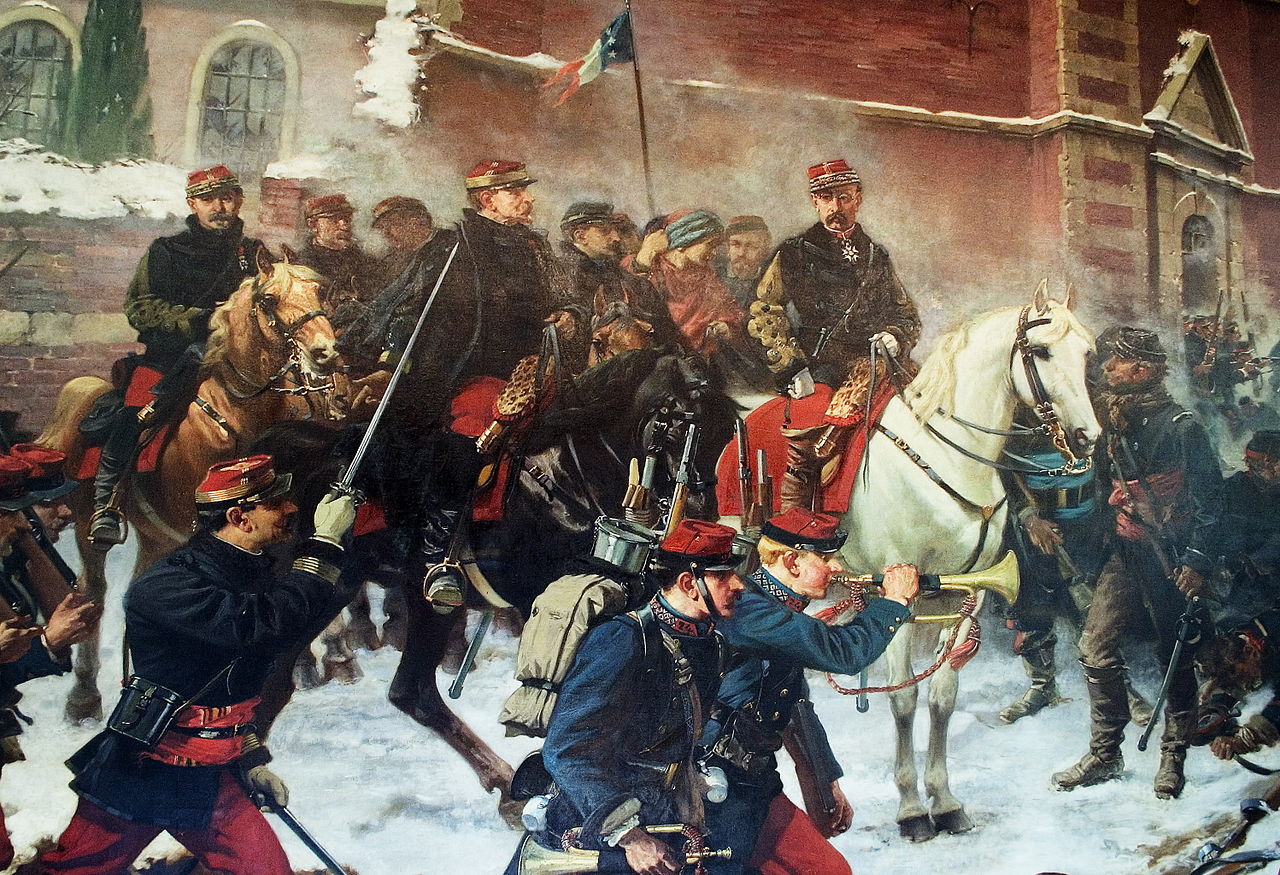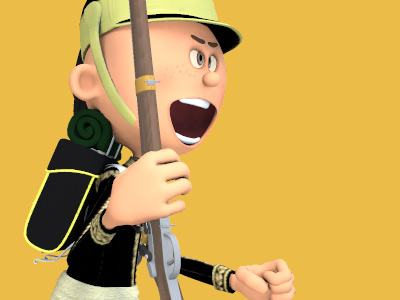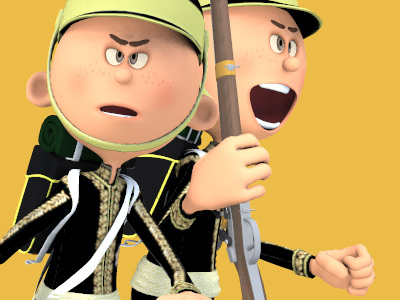Franco-Prussian War (1870 to 1871)
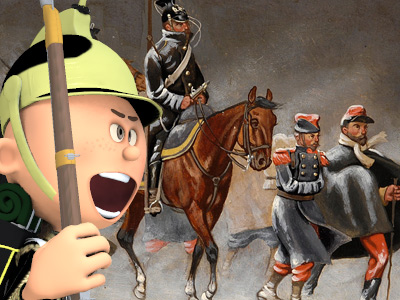
Battle of Mars-La-Tour
About 160,000 French soldiers were besieged in the fortress of Metz following the defeats on the frontier. A retirement from Metz to link up with French forces at Châlons, was ordered on 15 August and spotted by a Prussian cavalry patrol under Major Oskar von Blumenthal. Next day a grossly outnumbered Prussian force of 30,000 men of III Corps (of the 2nd Army) under General Konstantin von Alvensleben, found the French Second French Empire was the 18-year Imperial Bonapartist regime of Napoleon III from 14 January 1852 to 27 October 1870. The Second Empire is given high credit for the rebuilding of Paris with broad boulevards, striking public buildings, and elegant residential districts for upscale Parisians. In international policy, Napoleon III tried to emulate his uncle Napoleon I, engaging in numerous imperial ventures around the world as well as several wars in Europe. Army near Vionville, east of Mars-la-Tour.
Second French Empire was the 18-year Imperial Bonapartist regime of Napoleon III from 14 January 1852 to 27 October 1870. The Second Empire is given high credit for the rebuilding of Paris with broad boulevards, striking public buildings, and elegant residential districts for upscale Parisians. In international policy, Napoleon III tried to emulate his uncle Napoleon I, engaging in numerous imperial ventures around the world as well as several wars in Europe. Army near Vionville, east of Mars-la-Tour.

Heinrich XVII, Prince Reuss, on the side of the 5th Squadron I Guards Dragoon Regiment at Mars-la-Tour, 16 August 1870. Emil Hünten, 1902

Heinrich XVII, Prince Reuss, on the side of the 5th Squadron I Guards Dragoon Regiment at Mars-la-Tour, 16 August 1870. Emil Hünten, 1902
( Click image to enlarge)
Despite odds of four to one, the III Corps launched a risky attack. The French were routed and the III Corps captured Vionville, blocking any further escape attempts to the west. Once blocked from retreat, the French in the fortress of Metz had no choice but to engage in a fight that would see the last major cavalry engagement in Western Europe. The battle soon erupted, and III Corps was shattered by incessant cavalry charges, losing over half its soldiers. The German Official History recorded 15,780 casualties and French casualties of 13,761 men.

The Prussian 7th Cuirassiers charge the French guns at the Battle of Mars-La-Tour, 16 August 1870

The Prussian 7th Cuirassiers charge the French guns at the Battle of Mars-La-Tour, 16 August 1870
( Click image to enlarge)
On 16 August, the French had a chance to sweep away the key Prussian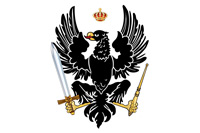 The Kingdom of Prussia was a German kingdom that constituted the state of Prussia between 1701 and 1918. It was the driving force behind the unification of Germany in 1871 and was the leading state of the German Empire until its dissolution in 1918. Although it took its name from the region called Prussia, it was based in the Margraviate of Brandenburg. Its capital was Berlin. defense, and to escape. Two Prussian corps had attacked the French advance guard, thinking that it was the rearguard of the retreat of the French Army of the Meuse. Despite this misjudgment the two Prussian corps held the entire French army for the whole day. Outnumbered 5 to 1, the extraordinary élan of the Prussians prevailed over gross indecision by the French. The French had lost the opportunity to win a decisive victory.
The Kingdom of Prussia was a German kingdom that constituted the state of Prussia between 1701 and 1918. It was the driving force behind the unification of Germany in 1871 and was the leading state of the German Empire until its dissolution in 1918. Although it took its name from the region called Prussia, it was based in the Margraviate of Brandenburg. Its capital was Berlin. defense, and to escape. Two Prussian corps had attacked the French advance guard, thinking that it was the rearguard of the retreat of the French Army of the Meuse. Despite this misjudgment the two Prussian corps held the entire French army for the whole day. Outnumbered 5 to 1, the extraordinary élan of the Prussians prevailed over gross indecision by the French. The French had lost the opportunity to win a decisive victory.
HISTORY
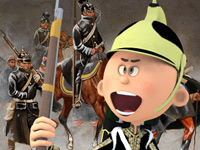
RESOURCES
This article uses material from the Wikipedia article "Franco-Prussian War", which is released under the Creative Commons Attribution-Share-Alike License 3.0.
© Stories Preschool. All Rights Reserved.
